Space management and food preservation, fundamental in the domestic strategy against food waste.
要减少家中的食物浪费,空间管理与保鲜是关键。Consumers, who take an increasingly active part in the transition towards global sustainability, are changing the paradigms of behaviour. Future consumers, the "Fridays for Future" young people, set the direction of a market oriented towards environmental well-being, instead of indiscriminate consumerism and waste. And the collective sensitivity towards food waste takes on particular importance. It is a trend directly impacting refrigerators and shopping, both tools for new anti-waste behaviour in the architecture of domestic preservation of food.
消费者的行为模式正有所转变,他们在全球可持续转型中正发挥着越来越积极的作用。未来的消费者,即提倡“气候罢课运动”的年轻人,奠定了关注环境健康的市场基调,无节制的消费主义及浪费将遭到摈弃。人们抵制食物浪费的决心具有重要意义,将直接影响到冰箱和购物的发展趋势,而这二者是减少家中食物浪费的重要切入点。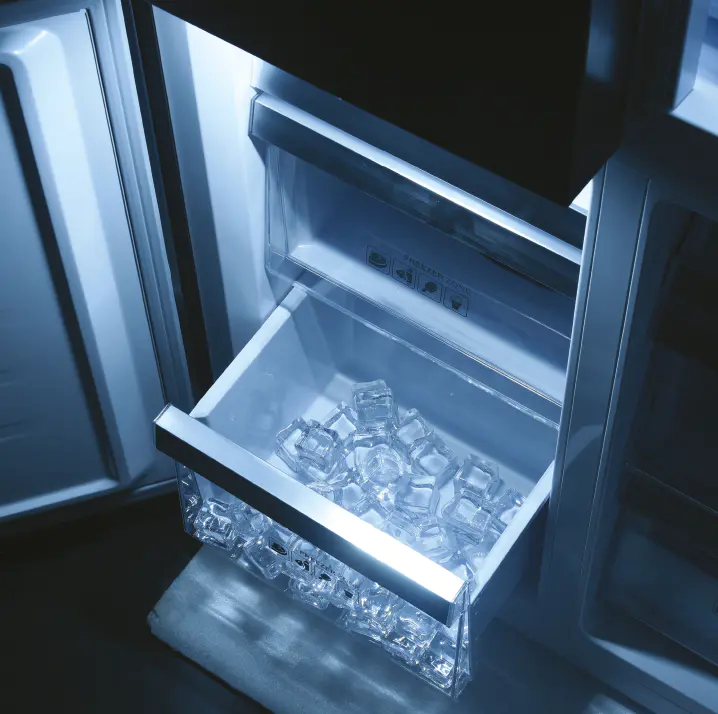
SPACE MANAGEMENT, THE NEW FRONTIER IN DOMESTIC REFRIGERATION
空间管理,家用冰箱新趋势
In this scenario, while high energy efficiency becomes a commodity, the latest technological challenge is to respond to the demand for flexible management of the internal spaces of the refrigerator, more in tune with new food consumption habits. Shopping is done more frequently, fresh and zero-kilometer products are bought in local shops or on short-chain online shopping platforms.当前,高能效已不足为奇,新的技术难点在于实现冰箱内部空间的灵活管理,以满足消费者的需求并顺应新的食物消费习惯。如今,消费者的购物频次提高,倾向于从附近商店和短链网购平台购买本地产的新鲜食材。
Thinking around the industrial design of the refrigerator therefore moves along two design axes. On the one hand, the differentiated and optimal storage capacity of fresh and natural foods, with dedicated areas capable of modulating temperature and humidity: zero-degree drawers for meat storage or fish, with controlled humidity for fruit and vegetables, antibacterial treatments that lengthen the times of optimal conservation.针对冰箱工业设计的优化主要从两大维度展开。一方面是对新鲜的天然食材实行差异化管理。冰箱内部可以设置可调节温度和湿度的专门区域,为不同食物创造最佳储存条件。零度保鲜区既可为肉类或鱼类保鲜,也可在调节湿度后用于储存果蔬,同时搭载抗菌处理技术,进一步延长锁鲜时间。
On the other hand, the need for a flexible internal storage space useable in a simple and obvious way, that functions for the correct storage of supplies that vary, in quantity and type according to the needs and habits of each person. The most recent solutions offer systems that facilitate the insertion and removal of food in the refrigerator, height-adjustable or semi-removable shelves that adapt to the varying dimensions of food and that also enable easy recognition of stored supplies, in an antiwaste and anti-waste perspective. We have all experienced the phenomenon of "forgotten food", which conveys the food directly from the fridge to the bin. The next milestone of domestic refrigeration aims at artificial intelligence, with systems capable of managing food stocks stored in the refrigerator in an efficient, effective and anti-waste way, monitoring the presence and expiry of the various foods, and thus favouring smart and optimised shopping.另一方面是打造简洁明了的灵活内部空间,以便用户根据个人需求及习惯,改变食物的储存数量及种类。最新方案采用高度可调或可半拆卸的层架,可适应不同大小的食物,方便存取。此外,这种做法还能使冰箱中的物品一目了然,从而有效避免浪费。我们都有遗忘过冰箱里的食物的经历,等到发现时,只能把它们丢进垃圾桶。人工智能将是家用冰箱的下一个里程碑,它能够高效管理冰箱中的食品库存,监测所有食物的保质期,从而避免浪费和遗忘,并帮助用户有序补充所需食材。
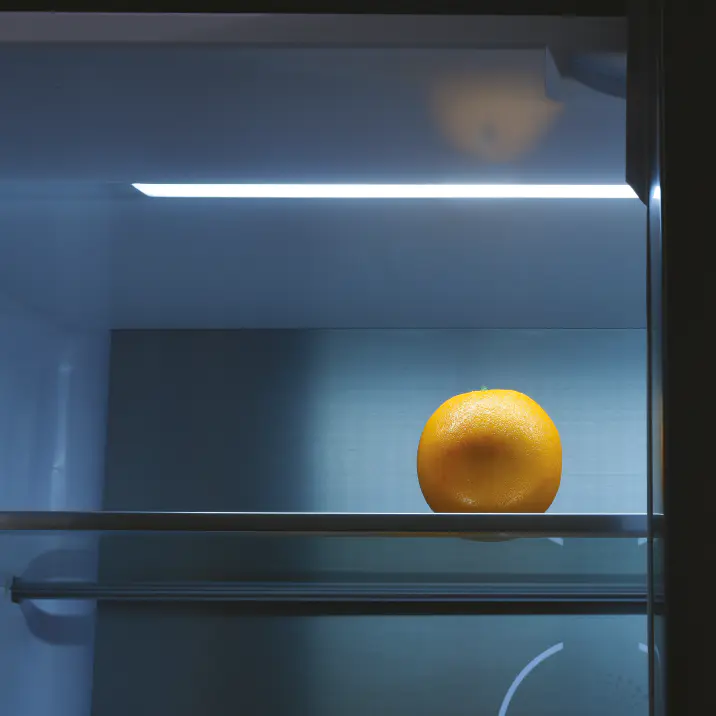
TOWARDS SUSTAINABLE PACKAGING
可持续包装的兴起
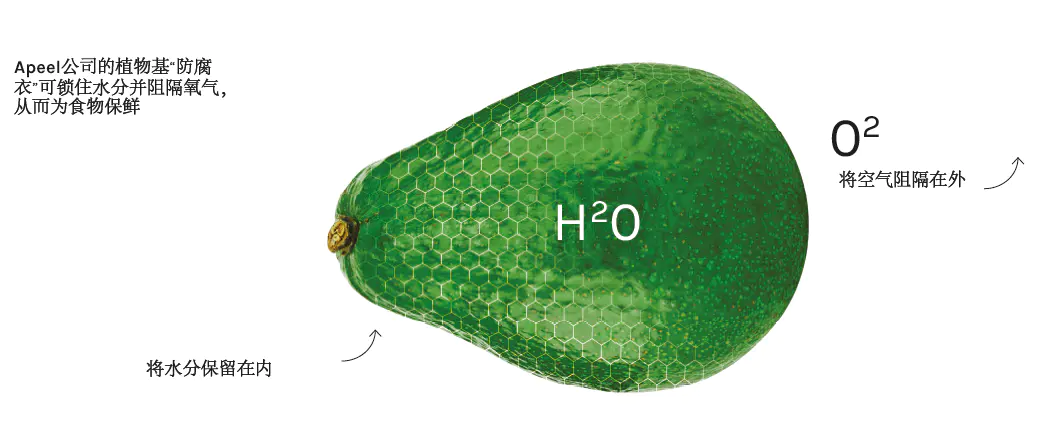
When the shopping arrives at home, a golden rule of conservation requires that the foods placed in the refrigerator are kept separate and protected by wrapping and containers, to avoid cross-contamination between one food and another and to protect its organoleptic qualities, a situation in which, paradoxically, in order not to waste food, there is a risk of increasing plastic pollution. However, innovative solutions and alternatives to plastic, the largest component in food packaging, are arriving on to the scene. Biodegradable, even edible, materials are being studied, such as the film obtained from vegetable waste produced by the Californian Apeel Sciences, an odorless and tasteless coating which, when sprayed on fruit and vegetables, doubles or triples its shelf life. Thanks to nanotechnology, intelligent packaging is being tested that is capable of monitoring the conditions of packaged foods and communicating them. Sensors integrated into organic films signal, for example, temperature or freshness and there is a label that turns red to signal the poor condition of the food, preventing the user from unwise consumption.
保存食物的最佳方式是先将它们分门别类地包装好或放进容器,再储存在冰箱中。这样做可以避免食物之间交叉污染,最大程度地保留食物的口感和风味。但矛盾的是,这种方式虽然能避免食物浪费,却会增加塑料污染。好在针对主要食品包装材料——塑料——的创新方案和替代品已经出现。人们正在研发可生物降解甚至可食用的材料。例如,加利福尼亚的Apeel Sciences公司从蔬菜废料中提取材料制成无色无味的喷剂,喷洒于瓜果蔬菜后会形成一层薄膜,从而将其保质期延长一至两倍。得益于纳米技术,人们正在研发能够监测并传达食物状况的智能包装。在有机薄膜中嵌入感应器,能够提示食物的温度或新鲜程度,一旦标签变成红色,则表明食物状况不佳,进而避免人们吃下变质的食物。
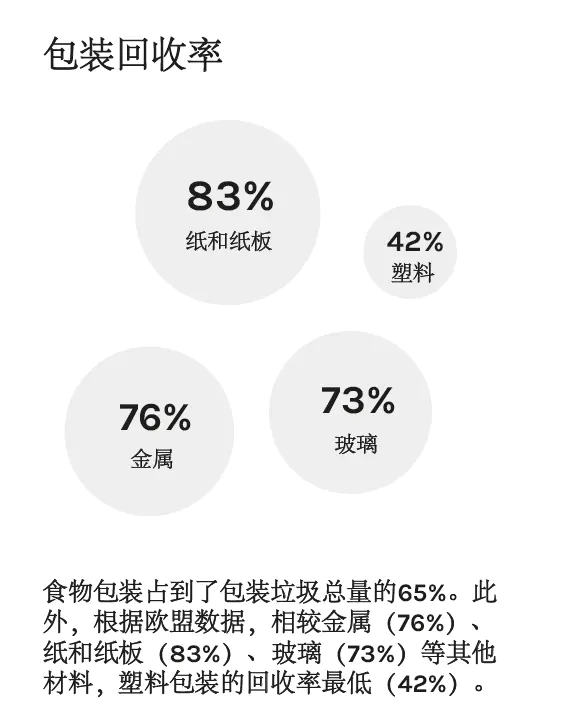
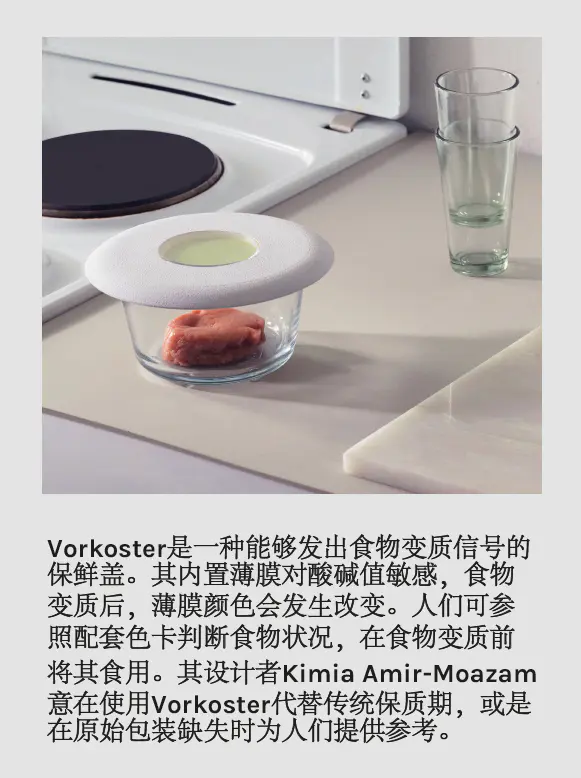
版权归广东奥马冰箱有限公司所有,转载请注明出处。































